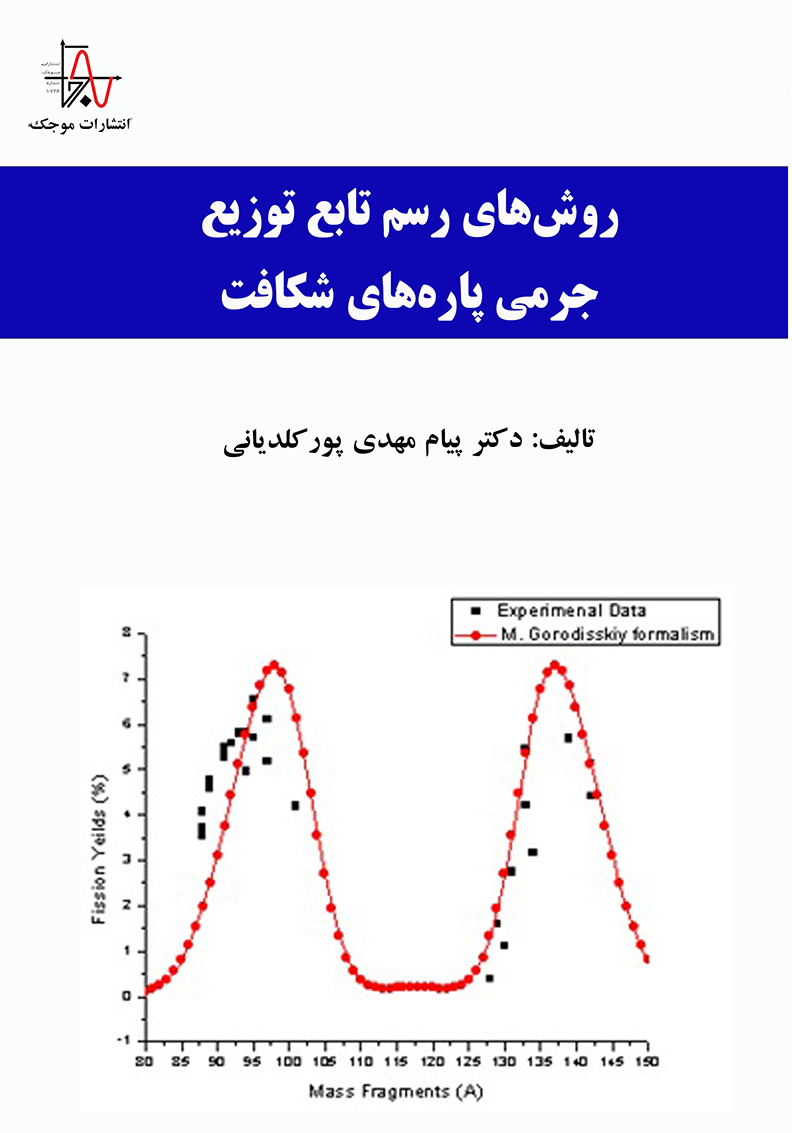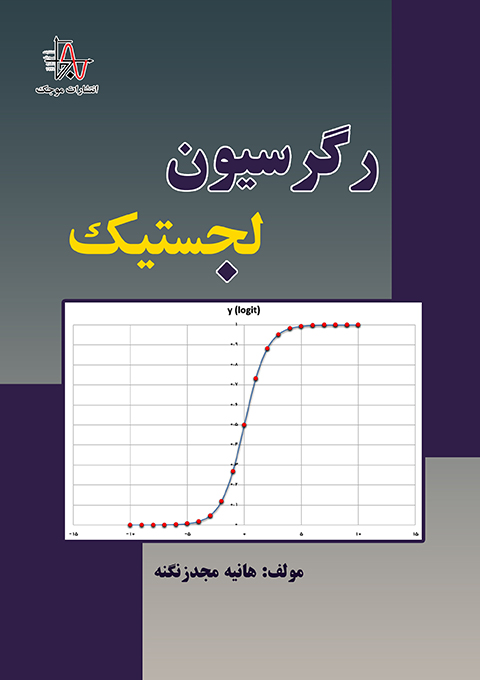ناشر : انتشارات موجک (ناشر دانشگاهی)
کد کتاب : M792
عنوان : روشهای رسم تابع توزیع جرمی پارههای شکافت
تالیف : دکتر پیام مهدی پورکلدیانی
مشخصات ظاهری : ۸۱ صفحه، قطع وزیری
چاپ اول : تابستان ۱۴۰۱، تيراژ : ۵۰۰ جلد
قيمت : ۱۶۴۰۰۰۰ ريال، شابک : ۰-۴۶۲-۹۹۴-۶۰۰-۹۷۸
حقوق چاپ و نشر برای ناشر محفوظ است.
————————————————————————————————————————————————————————————————————————–
Publisher: Mojak Publication (Academic Publisher)
Book code: M792
Title: Methods of plotting the mass distribution function of fission fragments
Author: Dr. Payam Mehdi Pourkaldiani
Appearance specifications: 81 pages, ministerial cut
First edition: summer 1401, circulation: 500 volumes
Price: 1640,000 riyals, Shabak: 978-600-994-462-0
Copyright is reserved for the publisher.






نقد و بررسیها
هیچ دیدگاهی برای این محصول نوشته نشده است.